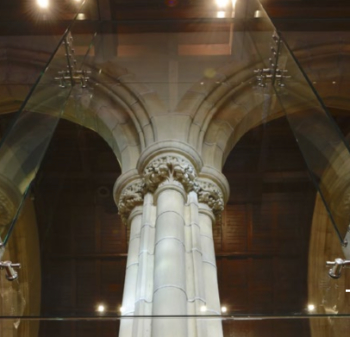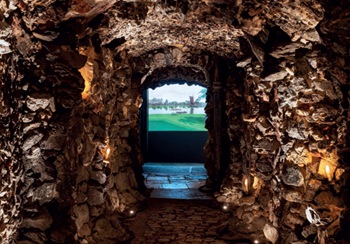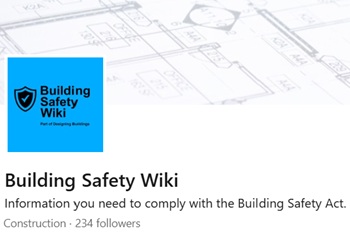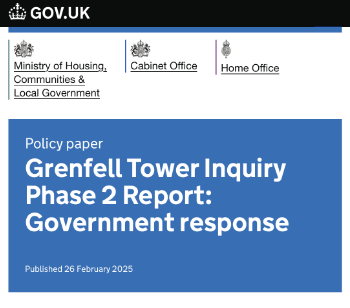Listed building heritage partnership agreement
Contents |
[edit] Introduction
The designation of ‘listed building’ places special controls on the demolition, alteration or extension of buildings, objects or structures of particular architectural or historic interest. Demolition, alteration or extension of a listed building in a way that is likely to affect its special architectural or historical interest is only allowed with listed building consent.
A Listed Building Heritage Partnership Agreement (LBHPA) is an agreement between a local planning authority and any owner of a listed building, or group of buildings, which grants listed building consent for types of works (alterations or extensions) to the building(s) for the duration of the agreement. Owners do not then need to submit repeated applications for listed building consent for the works covered. They might, for example, be used for large office buildings or university campuses, and as well as alterations or extensions, can also include other matters such as public access or management factors.
This is different to a Local Listed Building Consent Order, which grants general listed building consent for specified works (alteration or extension) to listed buildings of a specified description or in a specified part of a local authority’s area. They are likely to be used for groups of similar or related listed buildings in multiple ownership, for example, estate villages or terraced houses.
[edit] Content of an agreement
The exact content of an agreement will vary, however Historic England has produced a guidance leaflet which contains example headings which could be included in an agreement:
- Introduction: including details of who the agreement is made between.
- Details of the buildings to be covered by the agreement.
- Description of the consented works.
- Statement of reason for the consented works.
- Purpose of the agreement.
- Term of the agreement: the period covered.
- Review and termination.
- Other agreement particulars.
In addition, site survey information, photographs and site plans may be required.
There is no formal application process since they are an agreement between parties. However, it is necessary for publicity and consultation to be undertaken in line with The Planning (Listed Buildings and Conservation Areas) (Heritage Partnership Agreements) Regulations 2014. This includes publicising the agreement as a site notice, on the local authority’s website and also consulting any owners that are not party to the agreement.
[edit] Related articles on Designing Buildings Wiki.
- Building Preservation Notice.
- Certificate of immunity.
- Conservation area.
- Designated areas.
- Ecclesiastical exemption.
- Heritage partnership agreement.
- Historic England.
- Listed building.
- Listed building consent order.
- Local listed building consent order.
- Negotiating skills for conservation professionals.
- Planning permission.
[edit] External references
Featured articles and news
CIOB student competitive construction challenge Ireland
Inspiring a new wave of Irish construction professionals.
Challenges of the net zero transition in Scotland
Skills shortage and ageing workforce hampering Scottish transition to net zero.
Private rental sector, living standards and fuel poverty
Report from the NRH in partnership with Impact on Urban Health.
.Cold chain condensing units market update
Tracking the evolution of commercial refrigeration unit markets.
Attending a conservation training course, personal account
The benefits of further learning for professsionals.
Restoring Alexander Pope's grotto
The only surviving part of his villa in Twickenham.
International Women's Day 8 March, 2025
Accelerating Action for For ALL Women and Girls: Rights. Equality. Empowerment.
Lack of construction careers advice threatens housing targets
CIOB warning on Government plans to accelerate housebuilding and development.
Shelter from the storm in Ukraine
Ukraine’s architects paving the path to recovery.
BSRIA market intelligence division key appointment
Lisa Wiltshire to lead rapidly growing Market Intelligence division.
A blueprint for construction’s sustainability efforts
Practical steps to achieve the United Nations Sustainable Development Goals.
Timber in Construction Roadmap
Ambitious plans from the Government to increase the use of timber in construction.
ECA digital series unveils road to net-zero.
Retrofit and Decarbonisation framework N9 launched
Aligned with LHCPG social value strategy and the Gold Standard.
Competence framework for sustainability
In the built environment launched by CIC and the Edge.
Institute of Roofing members welcomed into CIOB
IoR members transition to CIOB membership based on individual expertise and qualifications.
Join the Building Safety Linkedin group to stay up-to-date and join the debate.
Government responds to the final Grenfell Inquiry report
A with a brief summary with reactions to their response.
























